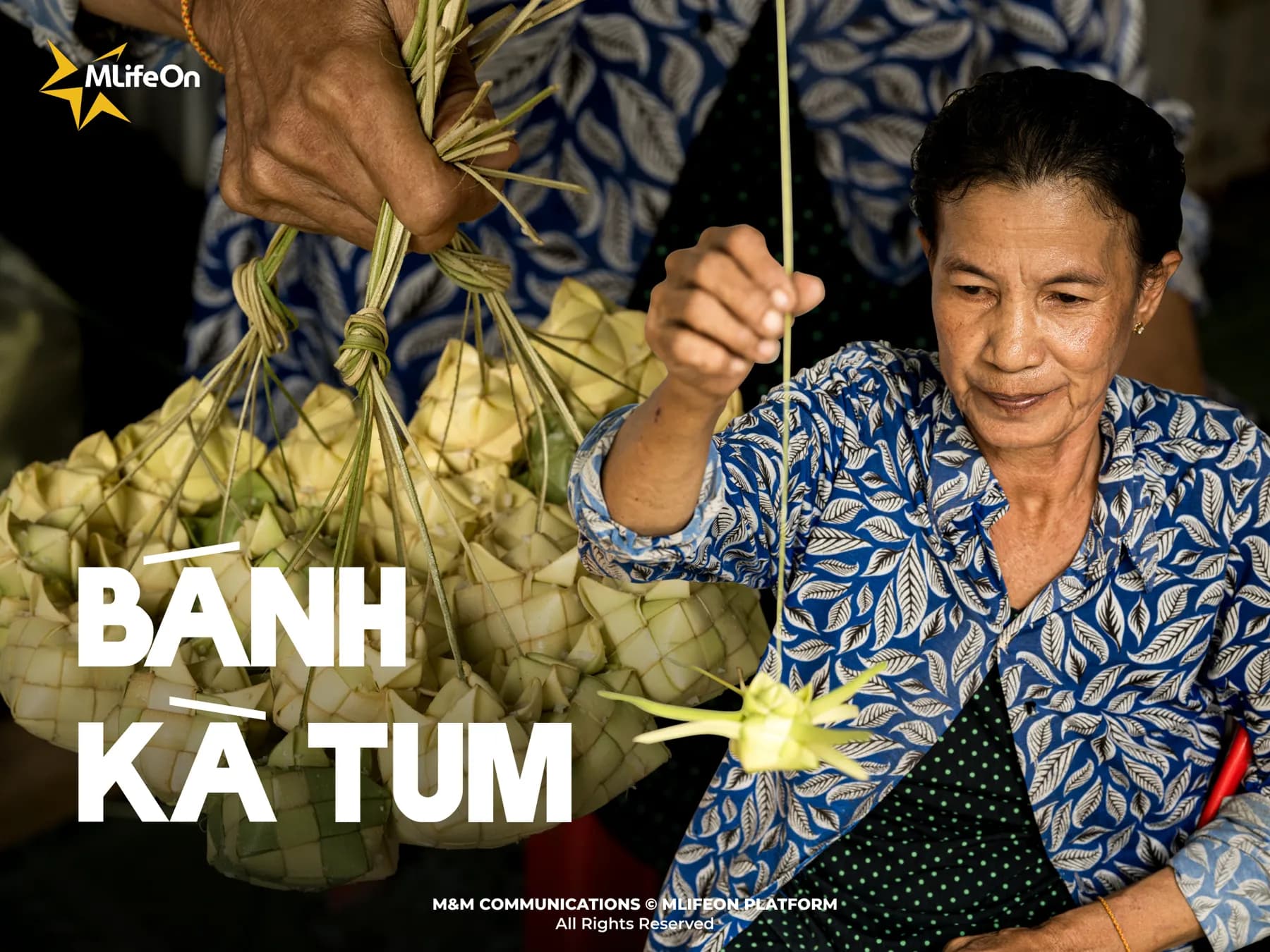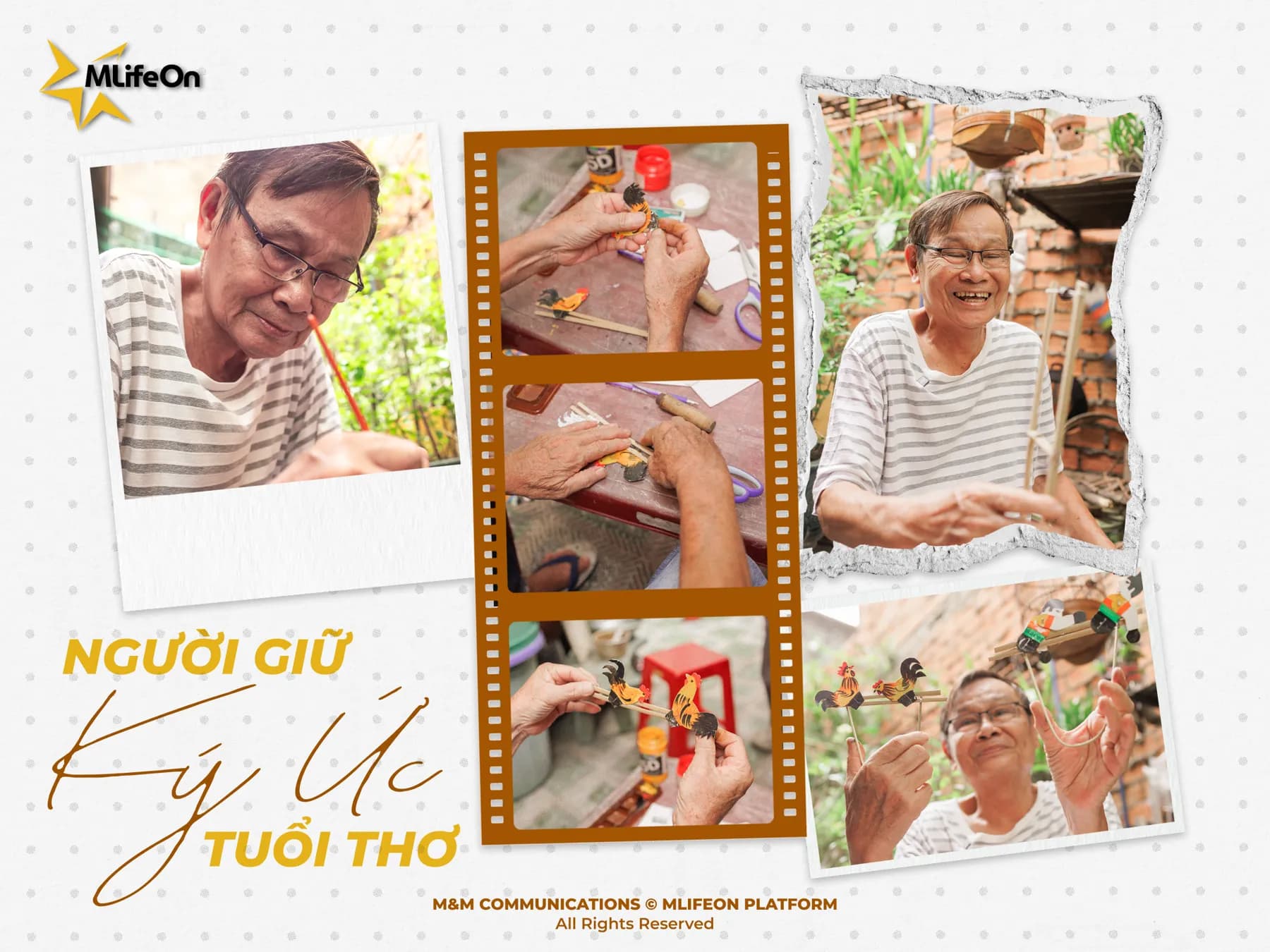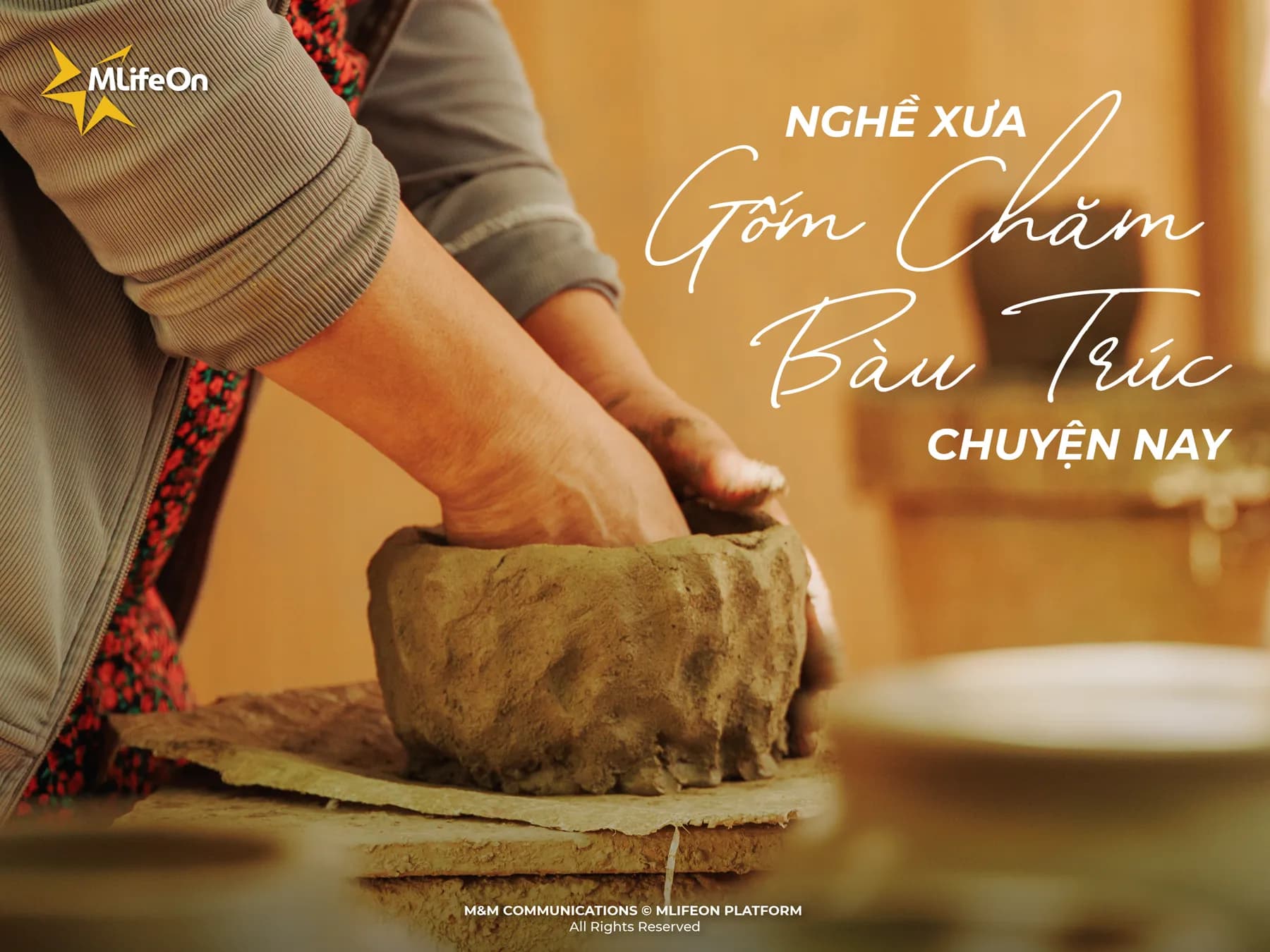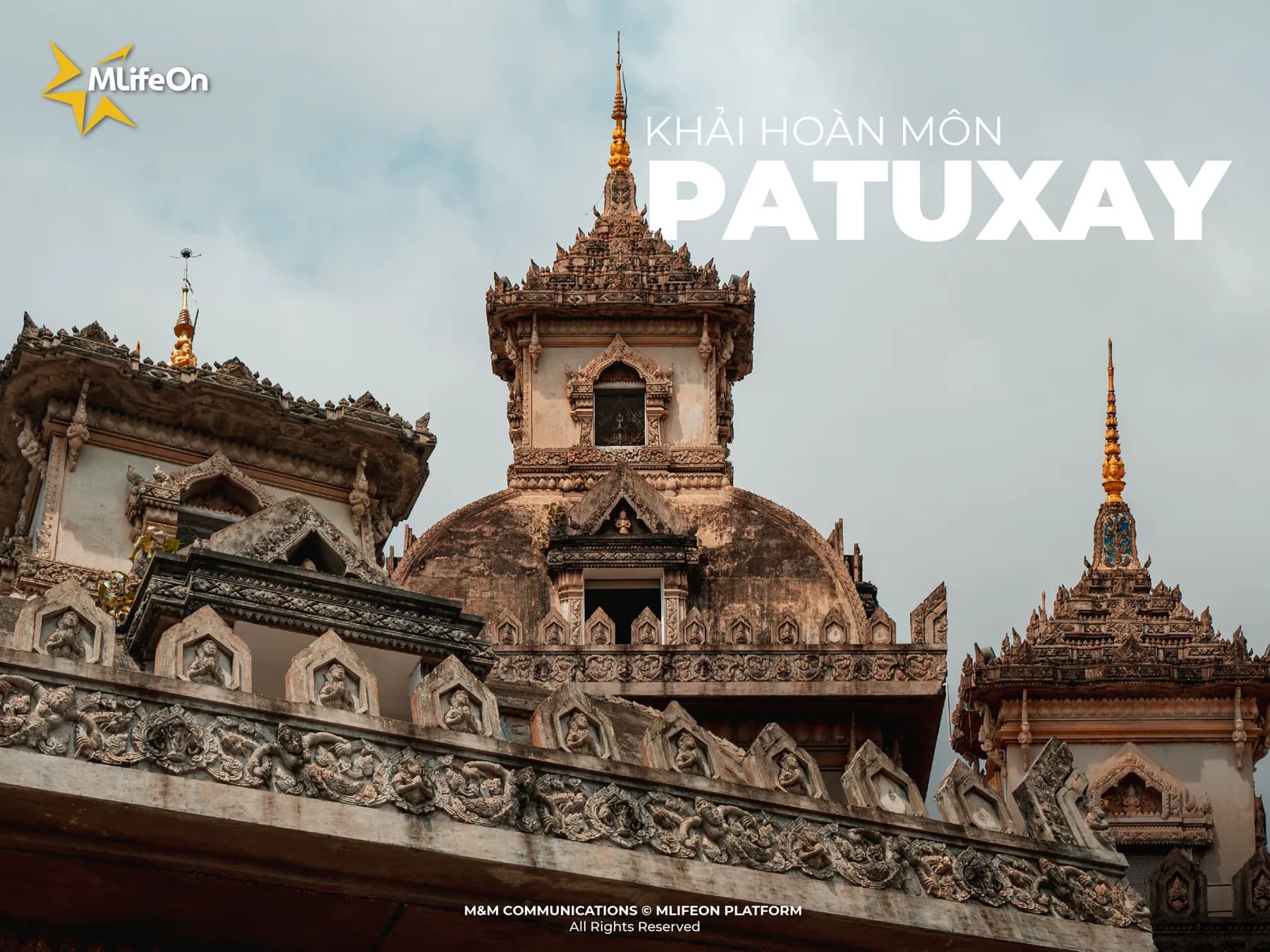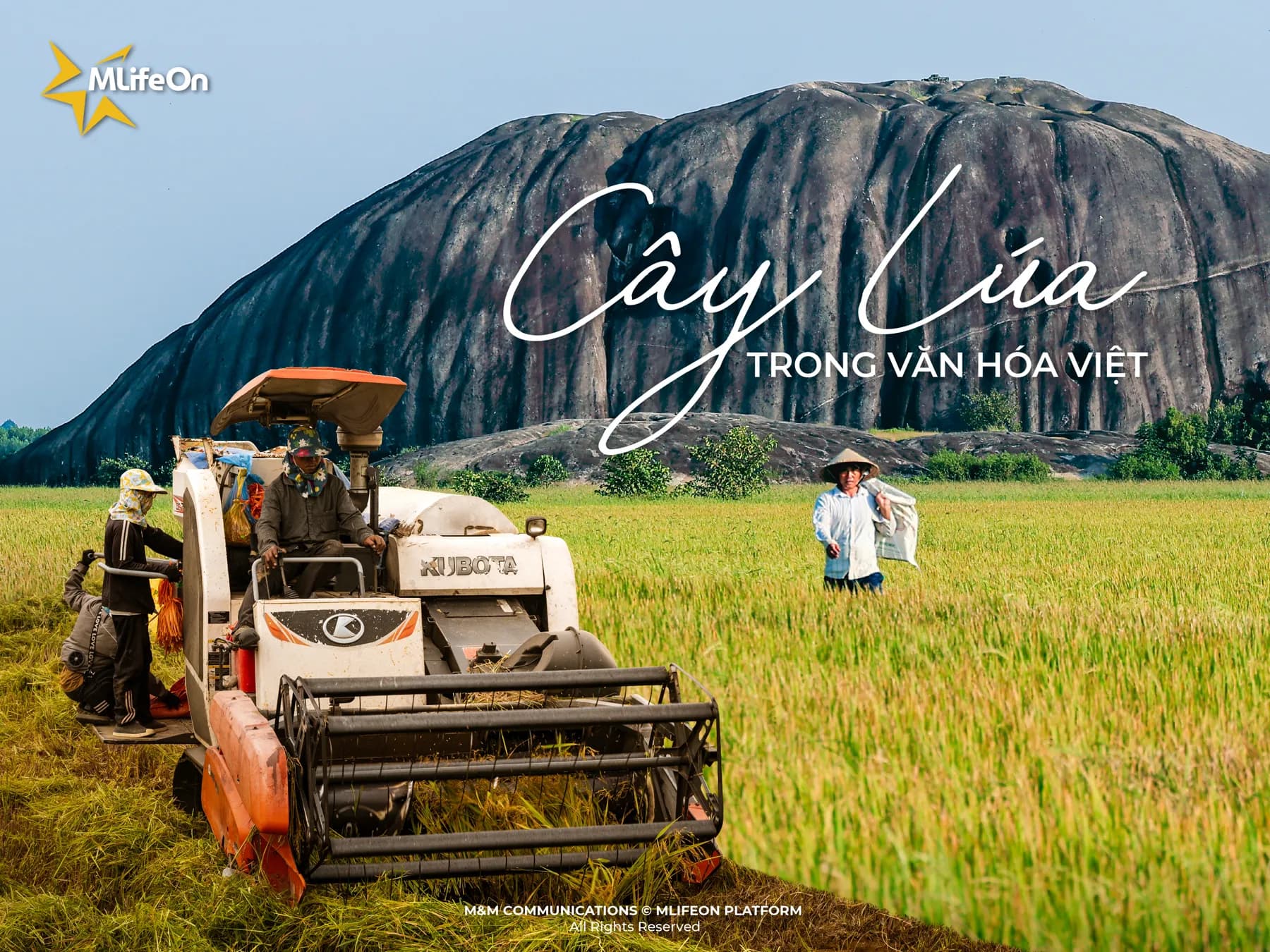When visiting the Imperial City of Hue, or walking through the ancient streets of Hoi An, you will see the roofs of houses with soft, curved yin-yang tiles - like a quiet feature among the urban movements. Each tile facing up and down not only creates a solid roof layer, resistant to the tropical climate, but also carries the philosophy of "balanced yin - yang", harmony between people and the earth.
Because before the advent of modern concrete structures, yin-yang tiled roofs were once a typical architectural mark of the Vietnamese people.
Yin-Yang roof tiles - origin and meaning
Yin-Yang tiles include two types: facing tiles (yang) and facing tiles (yin), which are interwoven to create a characteristic wavy roof layer. This structure not only increases ventilation and good water conduction, but is also an Eastern symbol of the harmony of yin and yang, opposite but complementary, creating a balanced whole.
Yin-Yang roof tiles, which originated from traditional Chinese architecture, have penetrated the living space of Vietnamese people very early - as a cultural form that has been subtly Vietnamized. Historically, this roof tile appeared in our country since the Ly Dynasty, and continued to be widely used through the Tran and Le dynasties... especially clearly present in symbolic works such as communal houses, pagodas, palaces and mausoleums.
Not only a material to protect from rain and sunlight, the yin-yang roof tiles are also an architectural symbol of Eastern philosophy - where each up and down tile blends together to express the balance and resonance between the opposing sides of all things.
It is not just a roofing layer, but a layer of thought - where rustic beauty goes hand in hand with cultural depth, where functionality is harmoniously combined with the spirit of life.
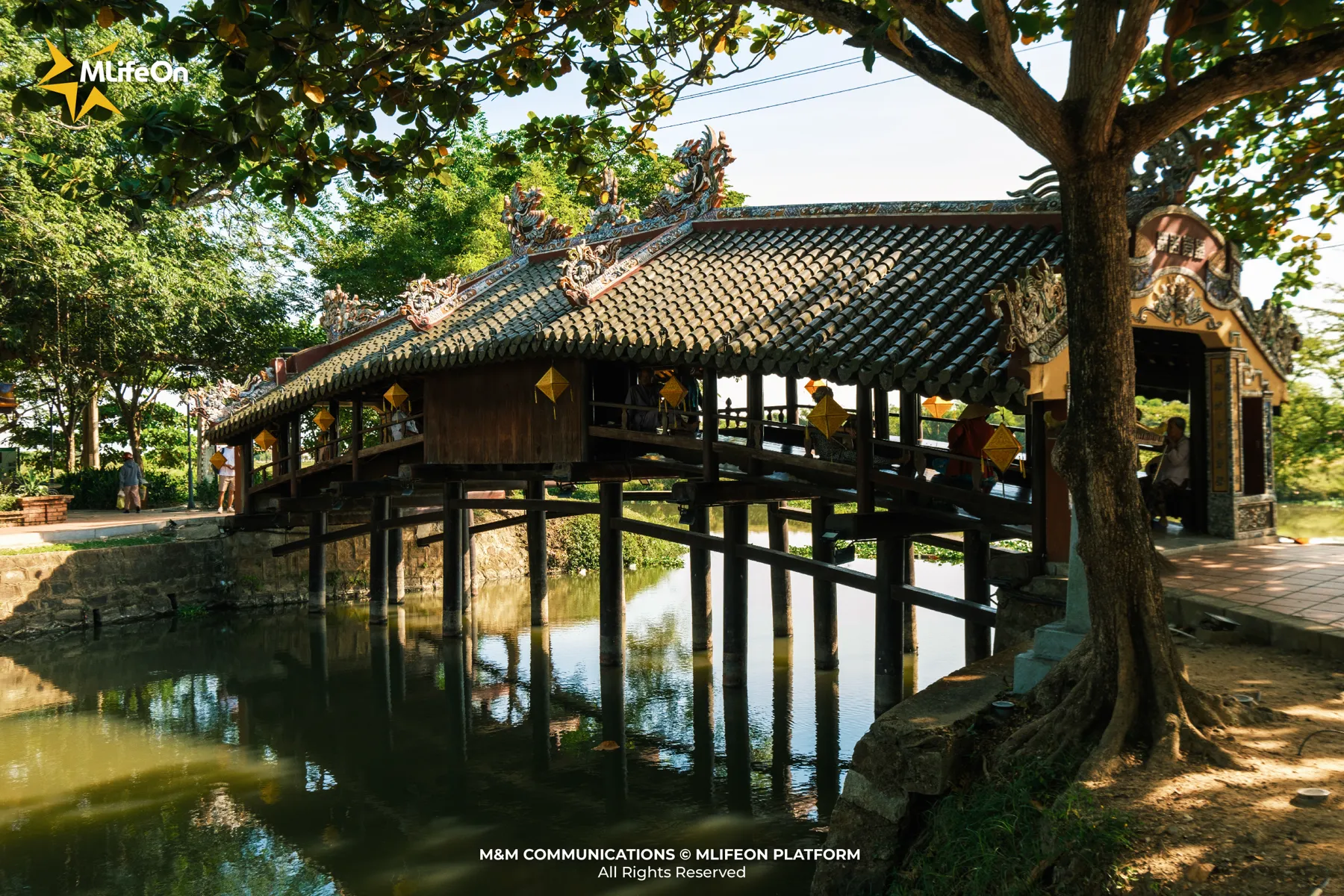
Yin-Yang tiled roof at Thanh Toan Tile Bridge, Hue City (built in the 18th century)
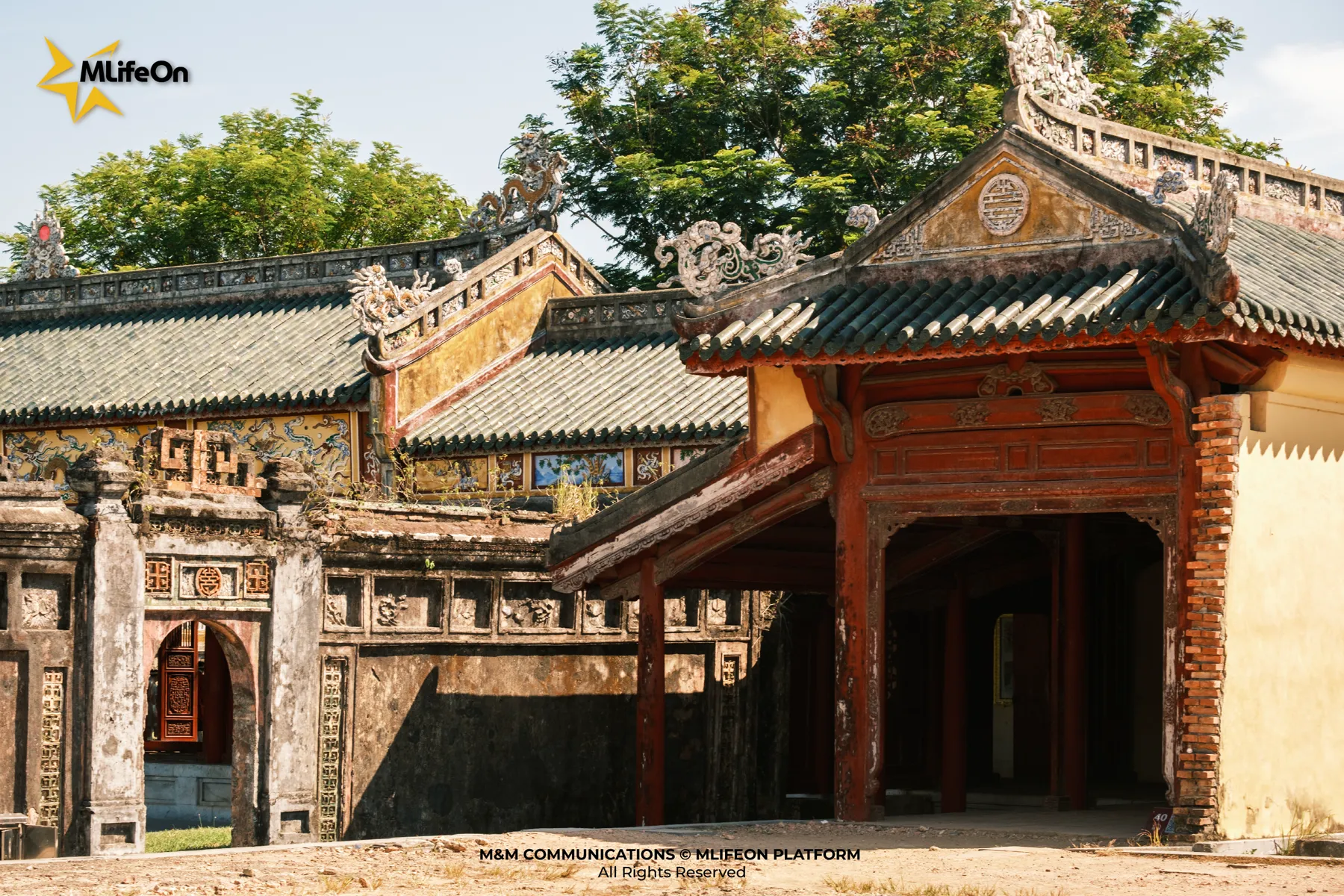
Yin-Yang tiled roofs in buildings in Hue Citadel (19th century)

Yin-Yang tile roof in the ancient citadel, Quang Tri province (19th century)
Yin-Yang Tiles Between Heaven and Earth Tuyen Quang - Where Time Stands Still
In Tuyen Quang Province (old Ha Giang area), yin-yang tile roofs are not only present on prominent tourist attractions, but also become the roofs of earthen houses - a typical architectural feature of the Mong people. The houses are built from tightly packed clay, the roofs are covered with hand-made yin-yang tiles, creating a rustic, durable and profound appearance.
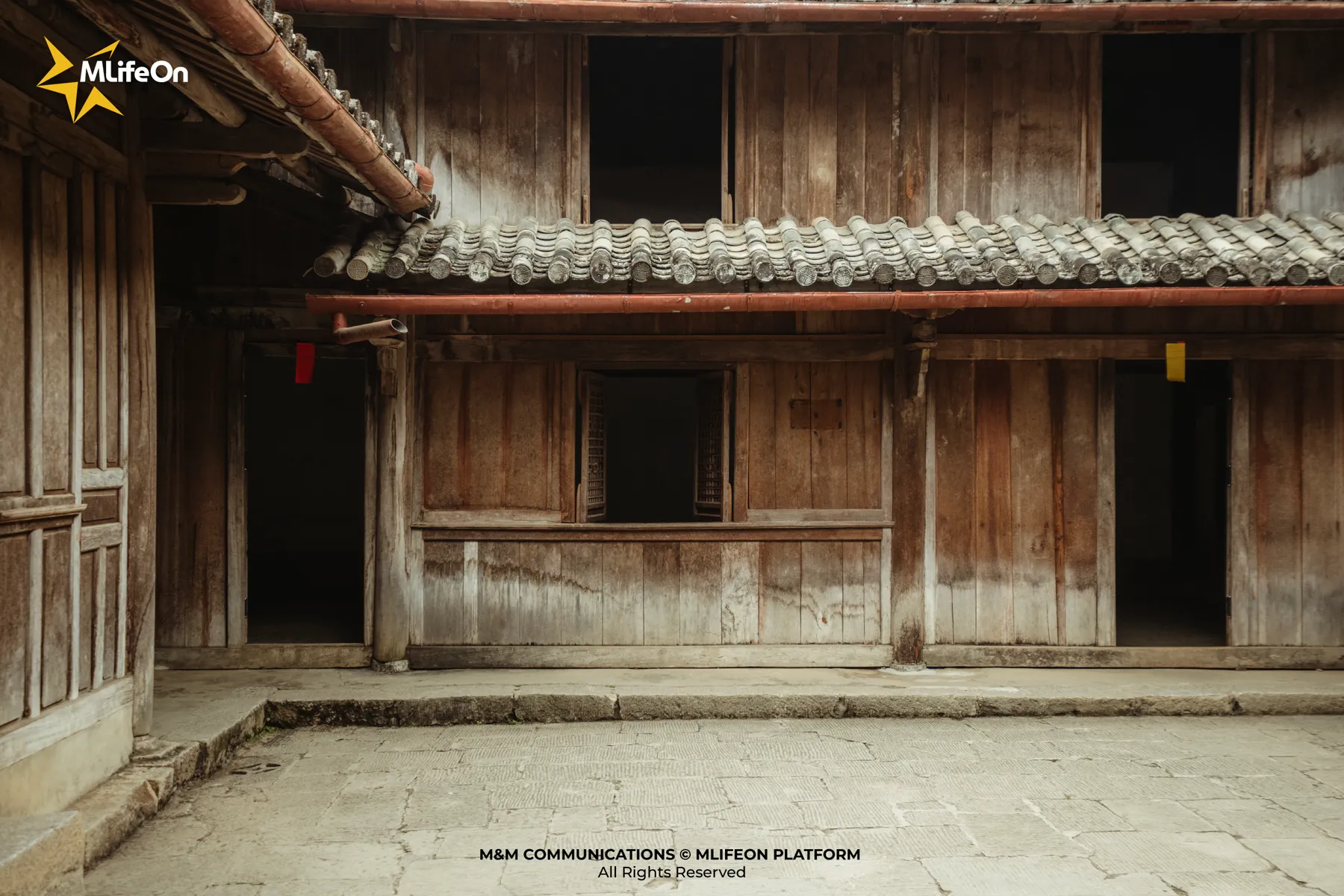
Yin-Yang tiled roof at the Meo King's Palace, Tuyen Quang province (old Ha Giang area)
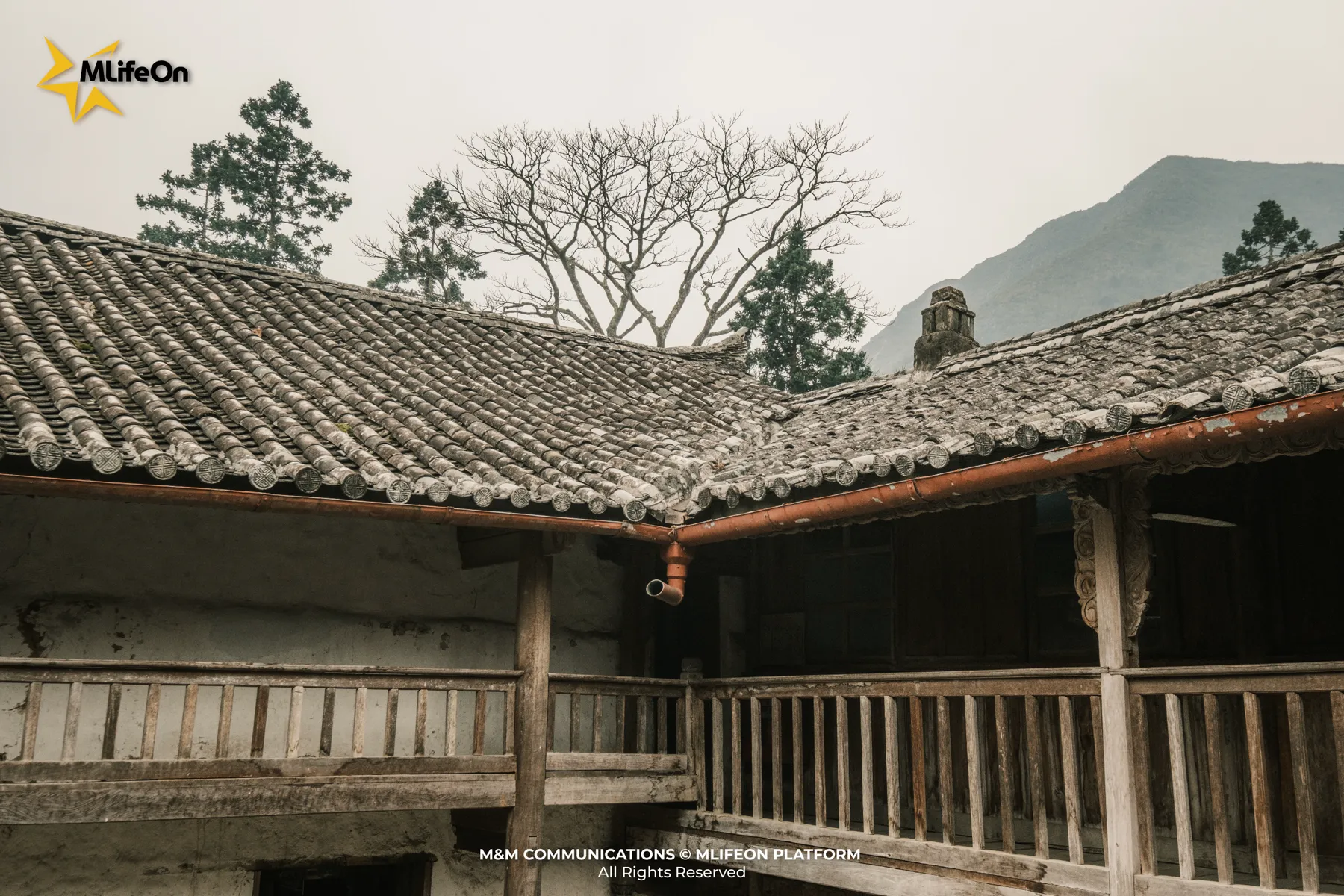
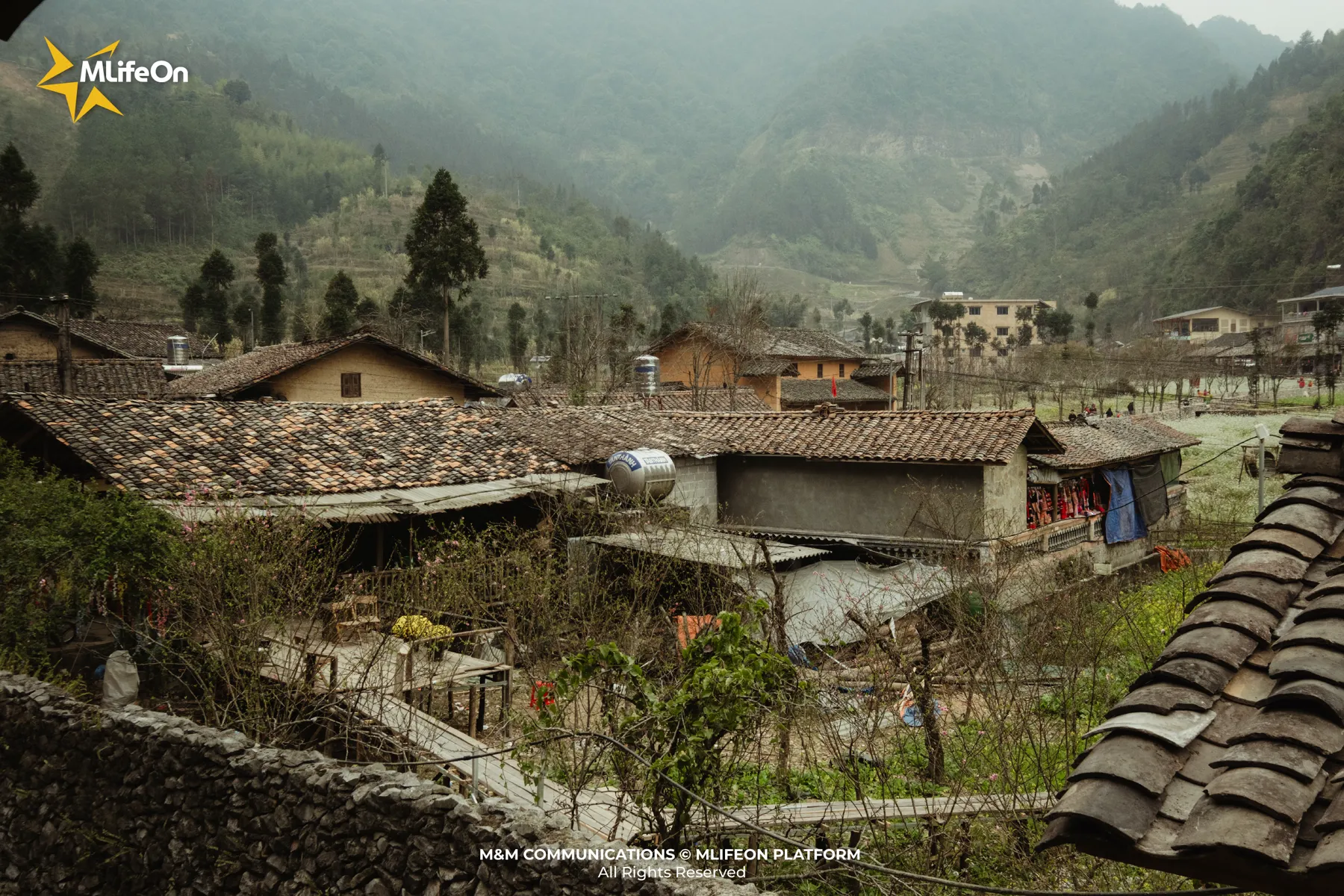
Yin-yang tiled roofs appear on every rammed earth house in Tuyen Quang province (old Ha Giang area).
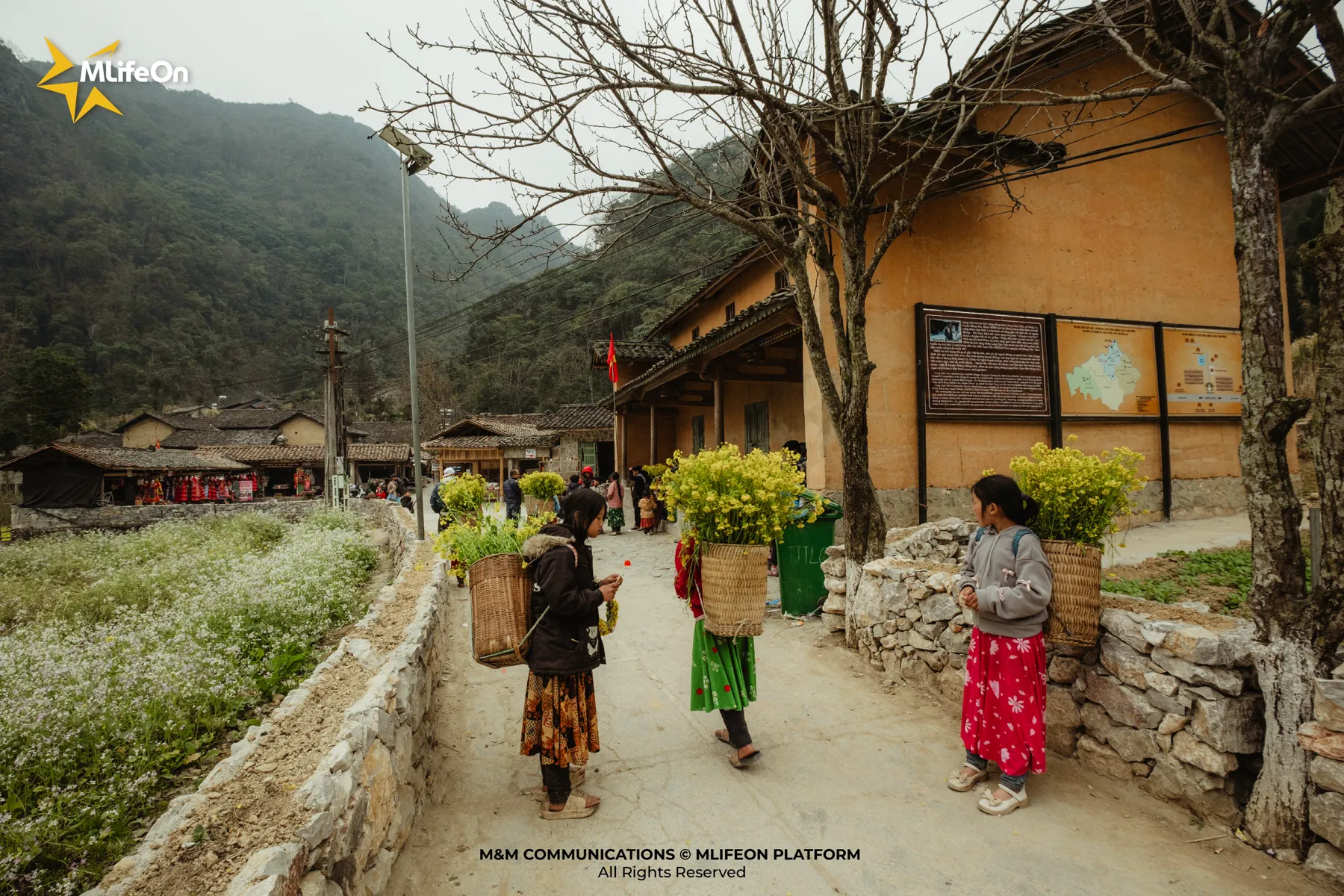
Coming to Tuyen Quang (old Ha Giang area), you will easily come across rammed earth houses with yin-yang tiled roofs.
On winter days, when the fog covers the mountains and forests, the ancient grey roofs stand out against the cold silver sky. Each tile is like a piece of memory, a story about life attached to nature, about perseverance and a strong spirit of living in the harsh land.
I once stood on the mountainside, looking down at the village of houses with yin-yang tiled walls. The scene was like a painting, quiet and very real. Listening to the sound of the wind blowing through the old tiles, I felt like I was touching a slice of time.
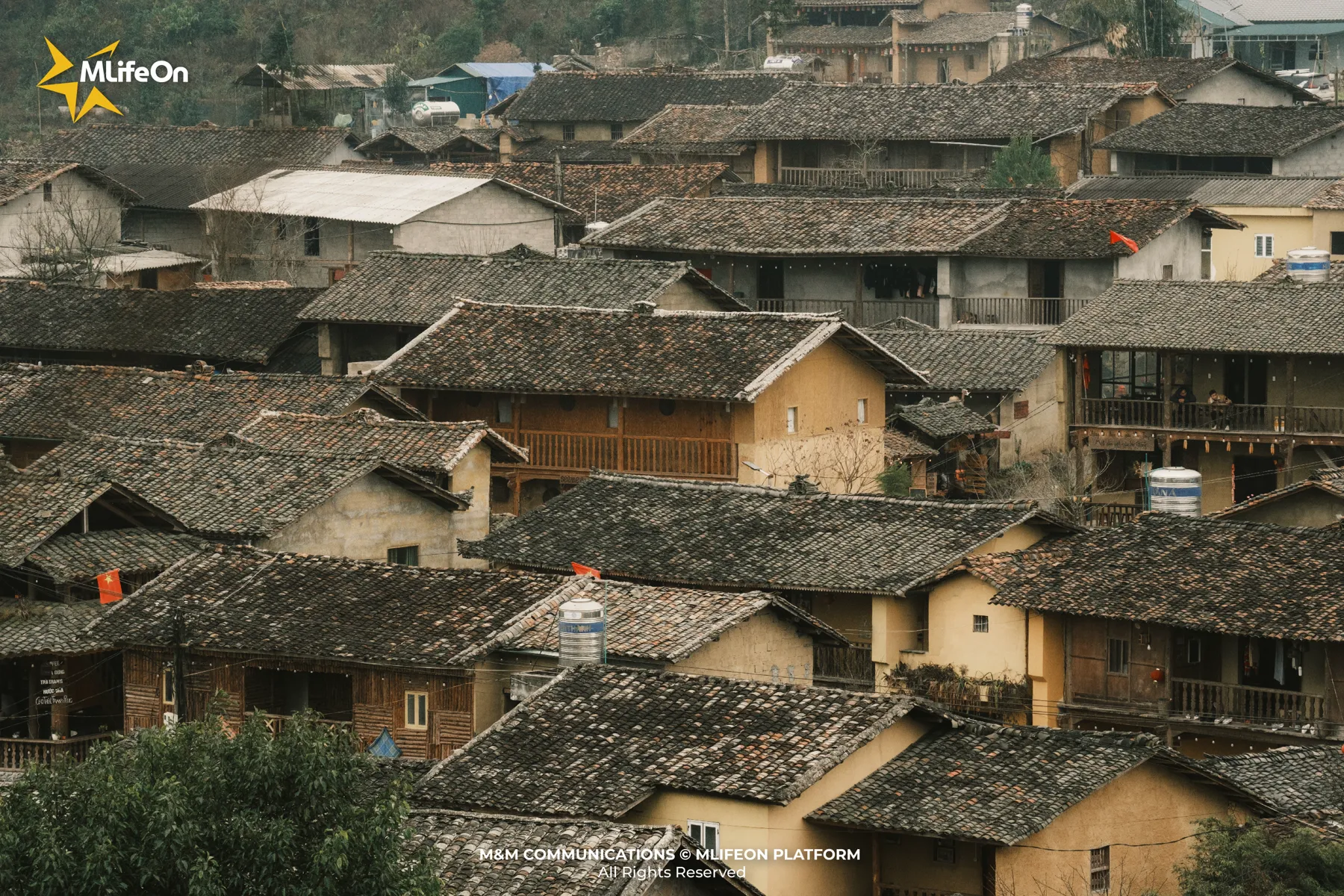
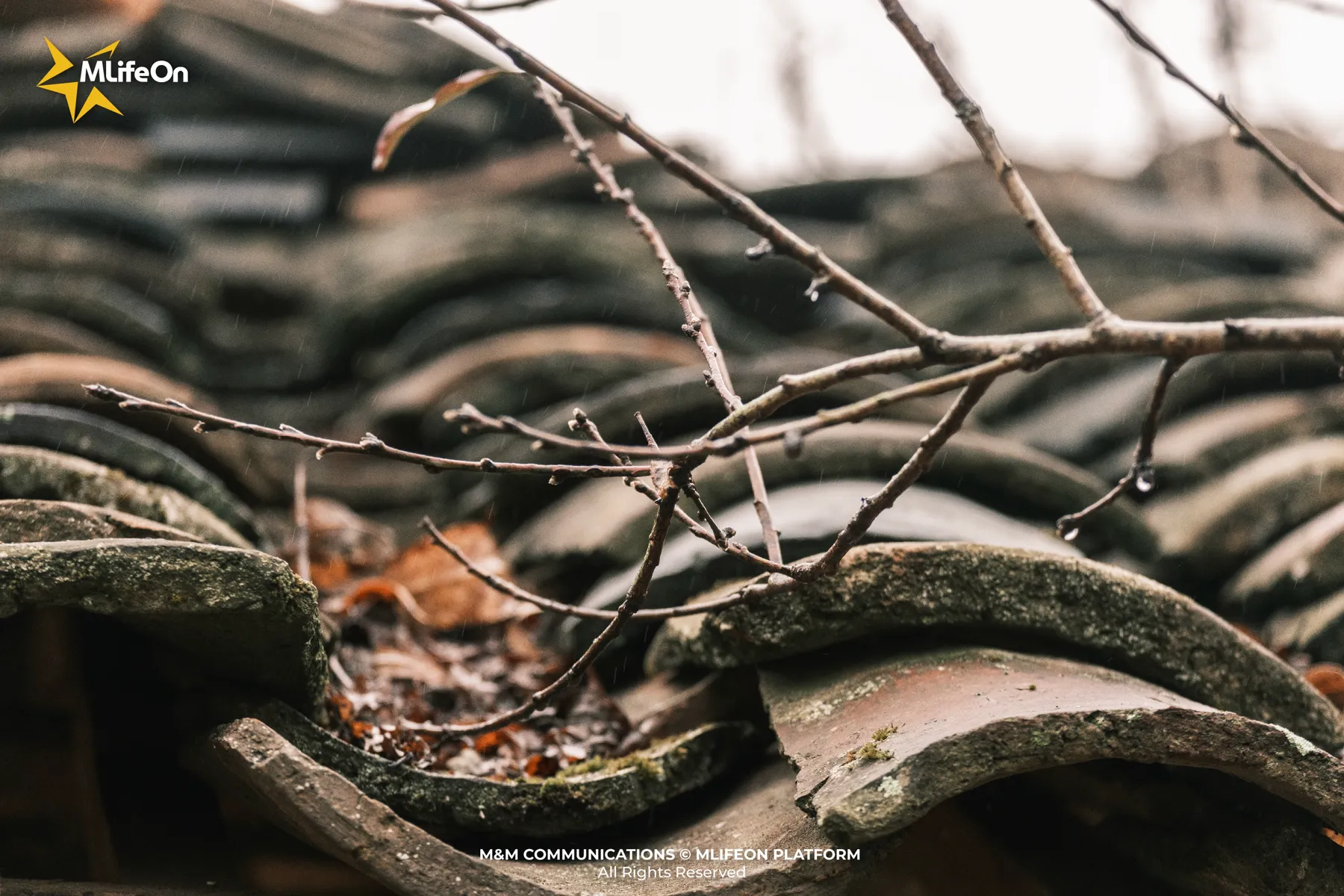
Complex of Hue Citadel and Tombs - Yin-Yang tile roofs like the breath of the dynasty
In the architecture of the ancient capital of Hue, the yin-yang tile roofs are present everywhere: from Thai Hoa Palace, Gia Long Mausoleum to the system of palaces, temples, shrines and palaces. That layer of wavy tiles not only softens the sun and protects against the rain and wind of Hue, but also evokes a regal yet intimate atmosphere, where the royal court not only builds authority but also instills a philosophy of life into each architecture.
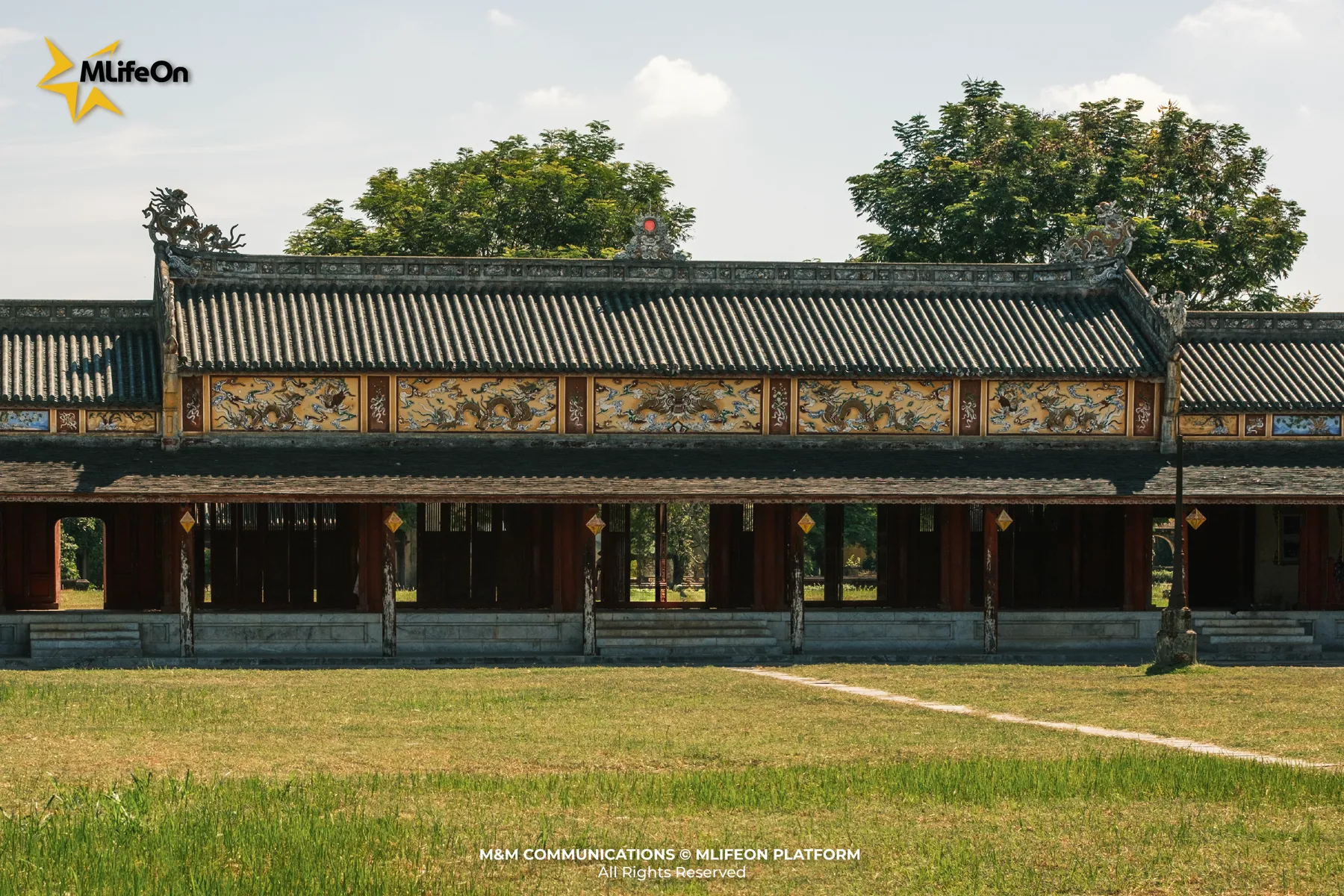
Yin-yang tiled roofs cover all the buildings in Hue Citadel

Yin-Yang tile roof at Minh Mang Mausoleum, Hue city
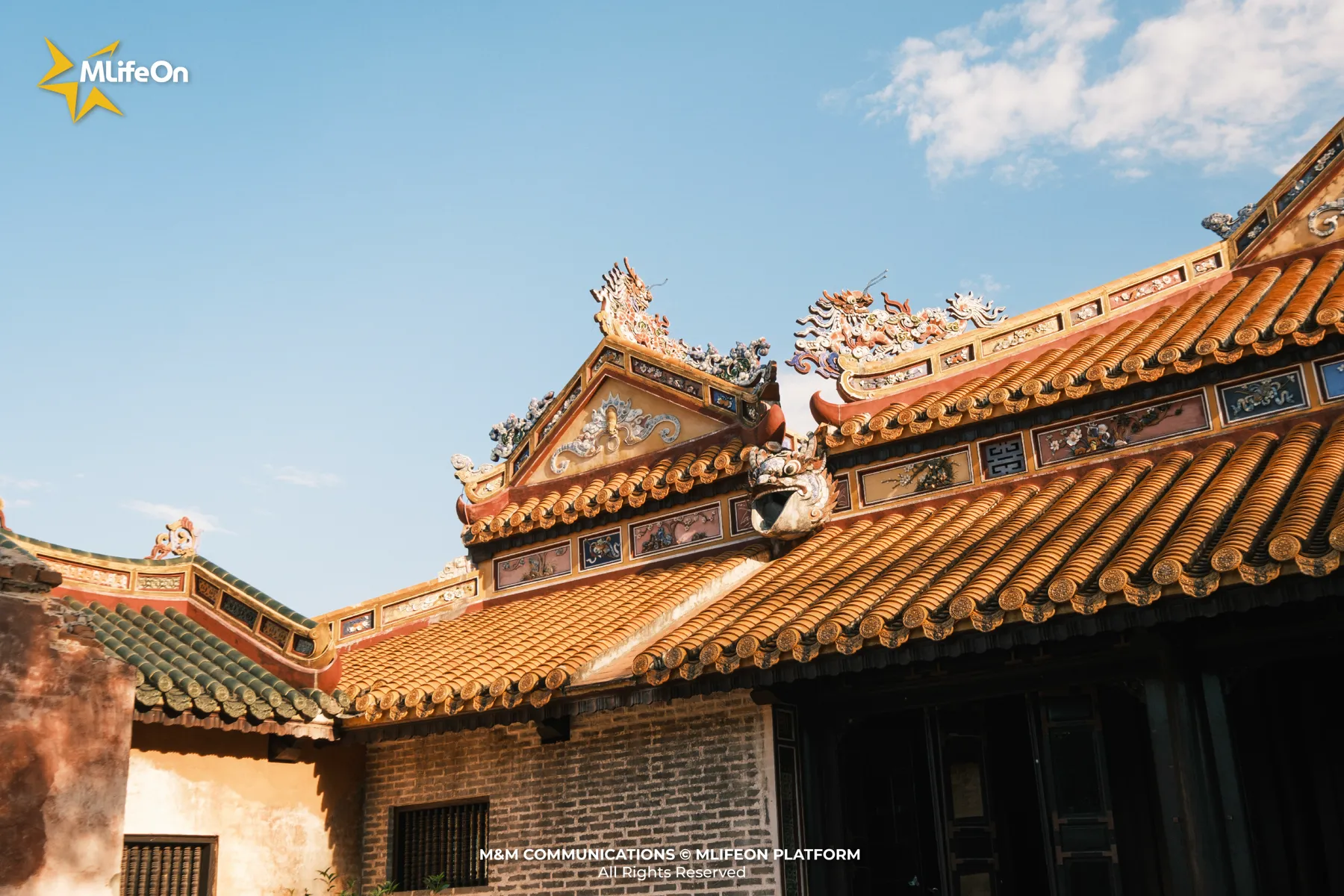
Yin-Yang tile roof at Tu Duc Mausoleum, Hue City

Every time I visit Tu Duc Mausoleum, I look up at that curved tiled roof. There is something very gentle and proud - like the style of the ancient capital.
Hoi An Ancient Town - from the tiles to the breath of time
Hoi An's mossy streets are also covered by layers of gray-brown yin-yang tiles, covered with the dust of time. The roofs are tiled in rhythmic waves, together with the rows of wooden eaves, creating a tightly-knit architectural whole. Not only to protect from the rain and sun, the tiled roofs here are like a bridge between the past and the present, where the life of the ancient town does not need to be preserved, because each tile has retained the local spirit.

Yin-Yang tiled roof at the Japanese Covered Bridge, Hoi An
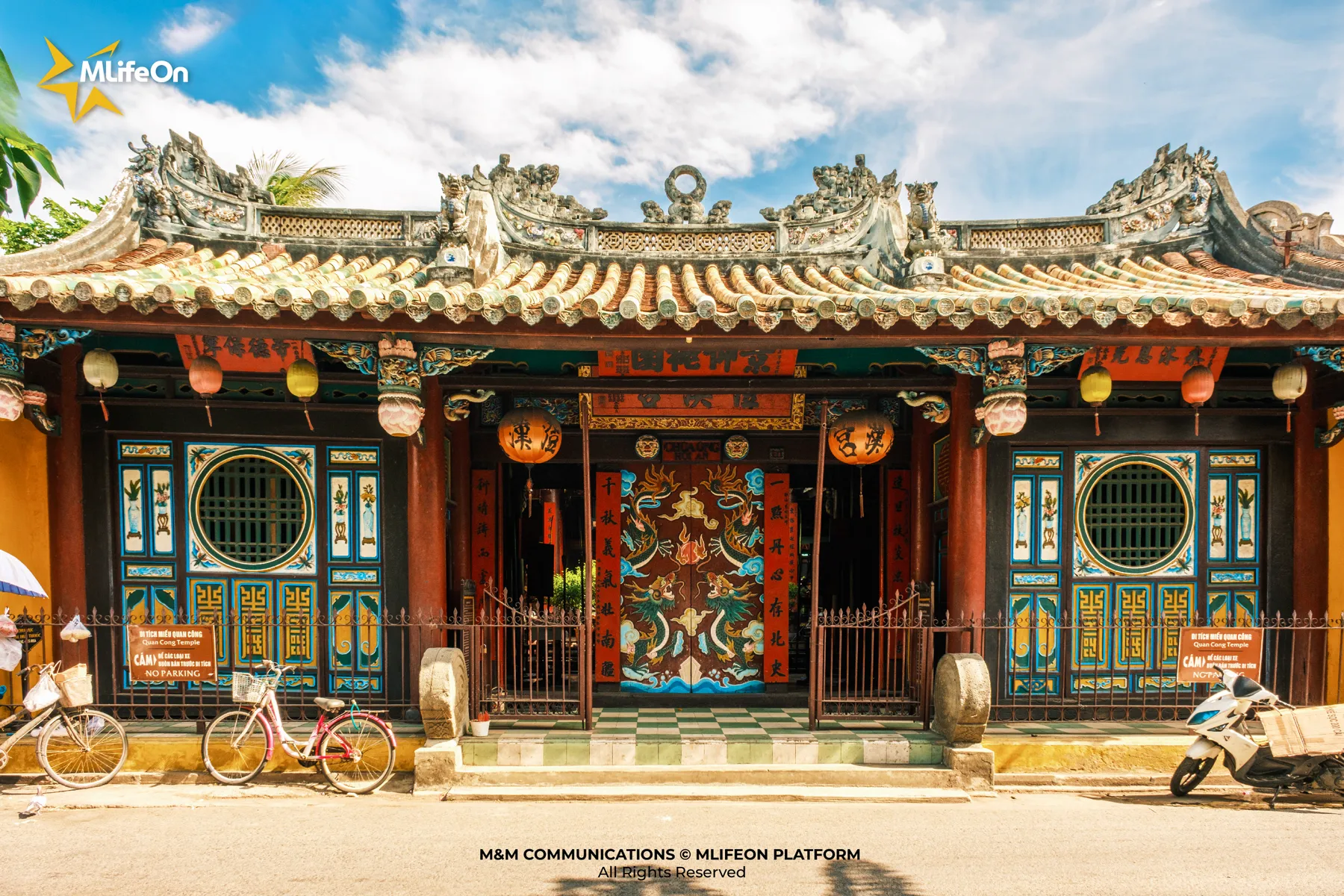
Yin and Yang tile roof at Quan Cong Temple, Hoi An

The yin-yang tiled roof of a Chinese assembly hall in Hoi An
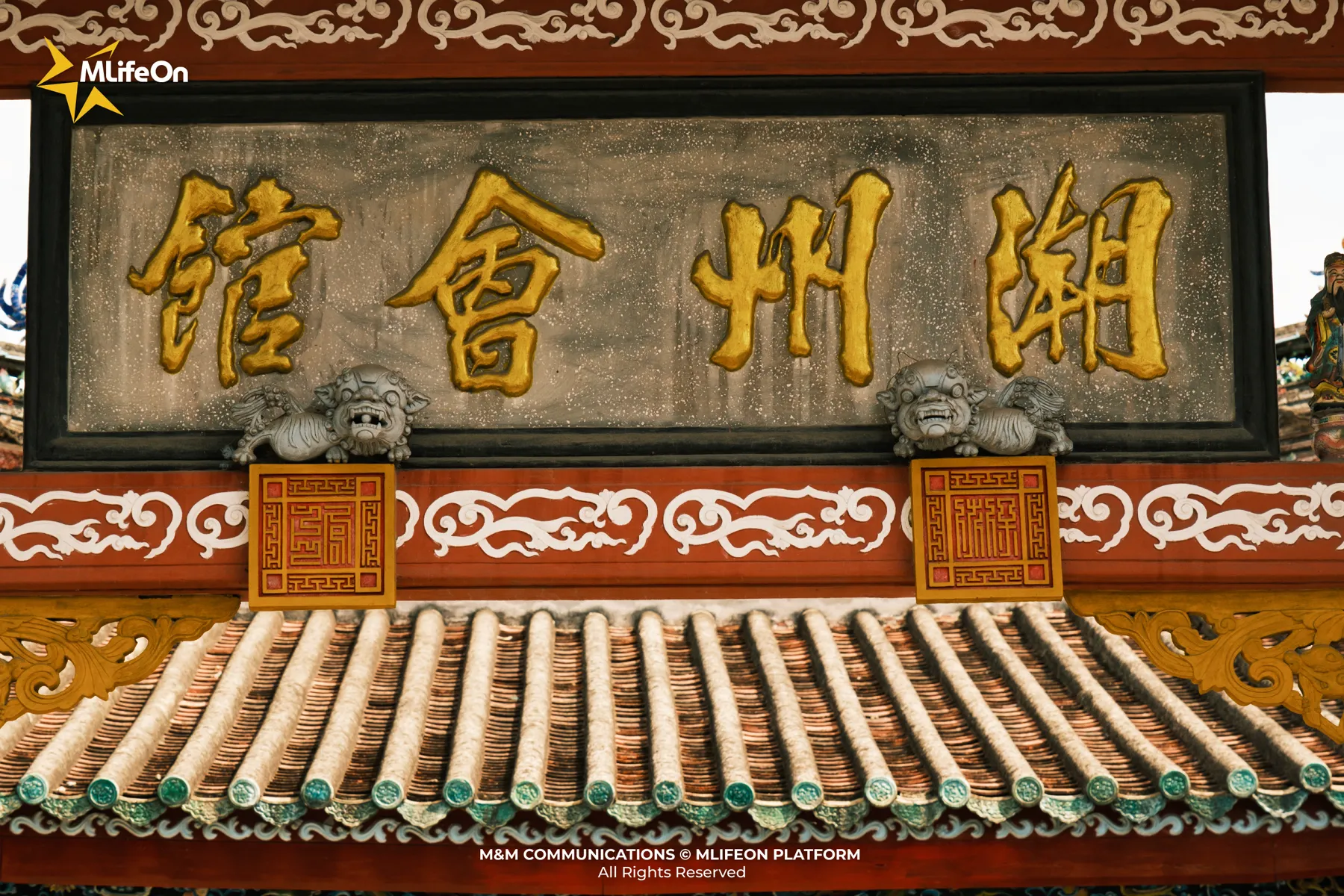

Yin-Yang tiled roof in an ancient house in Hoi An
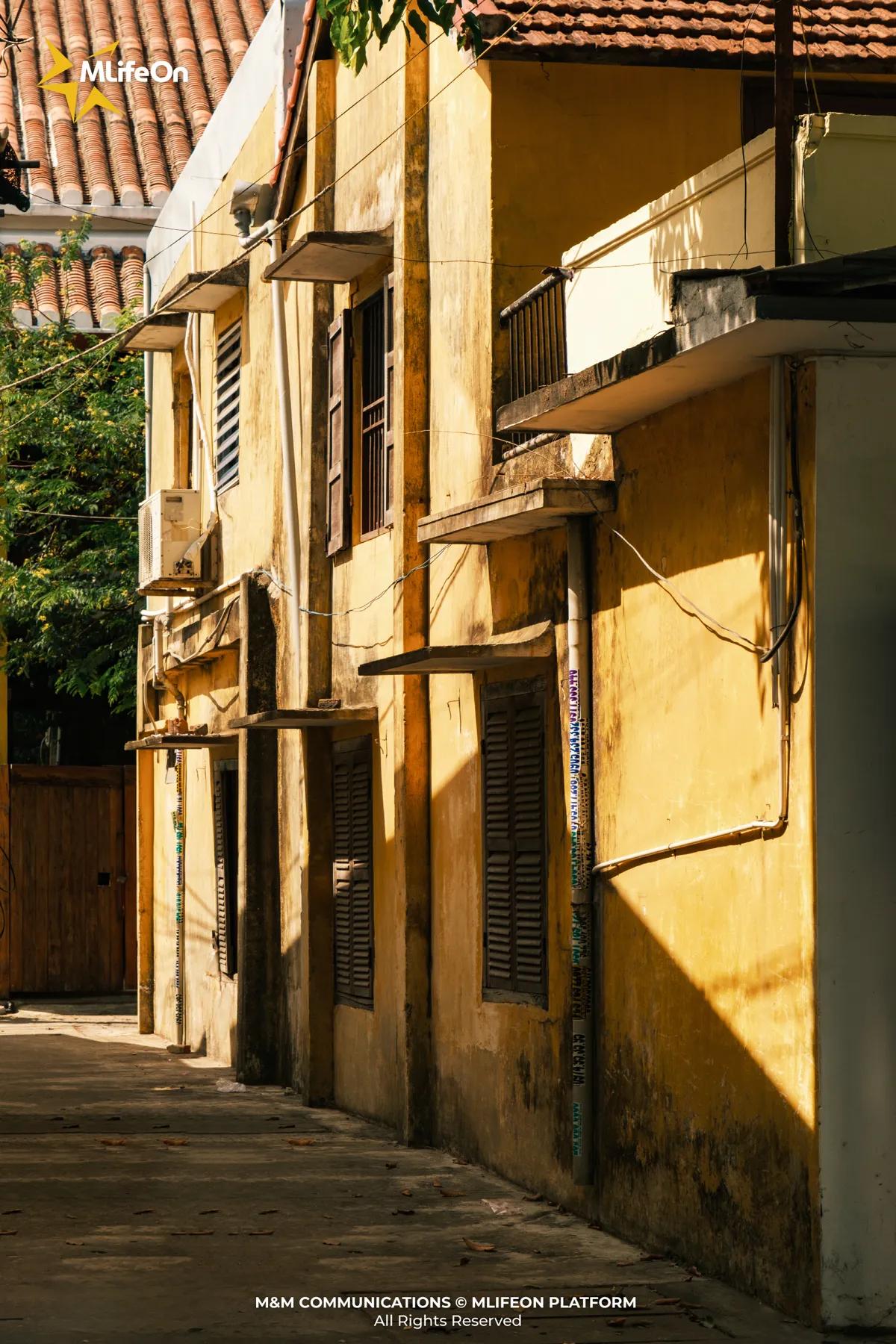
Vietnamese-Chinese Cultural Interchange Through Each Layer of Tiles
Yin-yang tile roofs are not only a feature of Vietnamese architecture, but also appear in communal houses, pagodas, and shrines of the Chinese community, especially in urban areas with cultural exchanges such as Ho Chi Minh City or Hoi An.
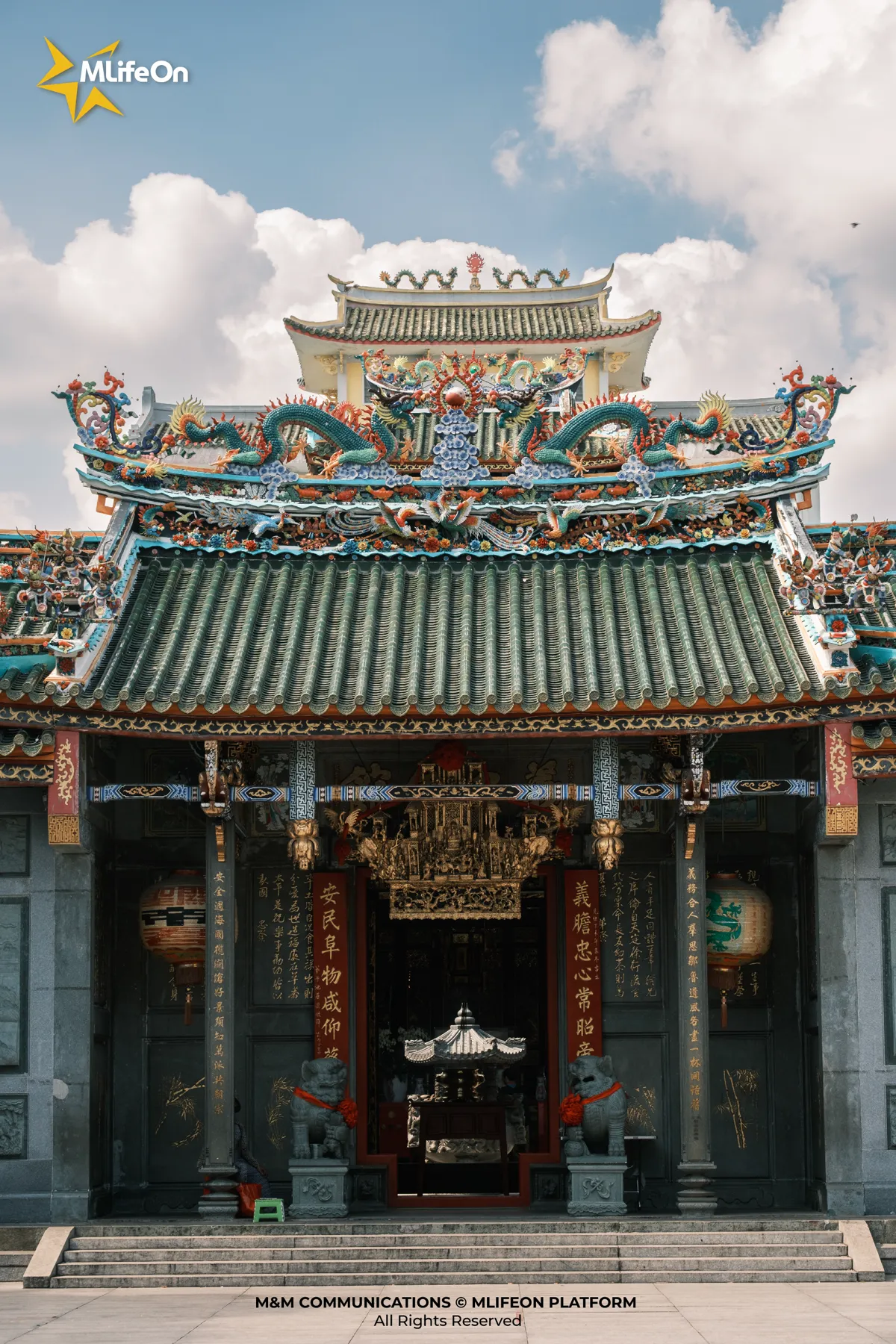
Yin-Yang tiled roof at Nghia An Assembly Hall, Ho Chi Minh City
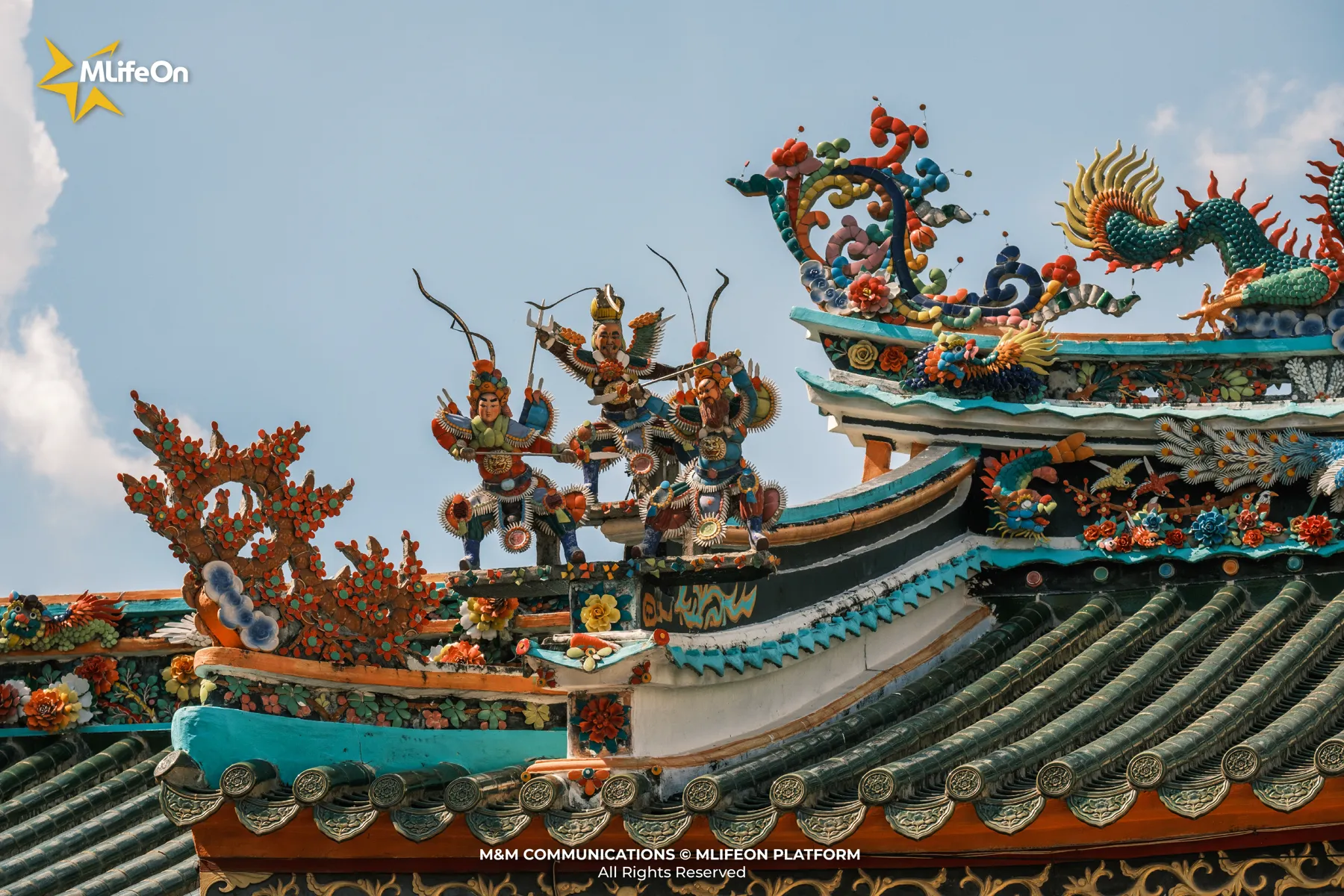
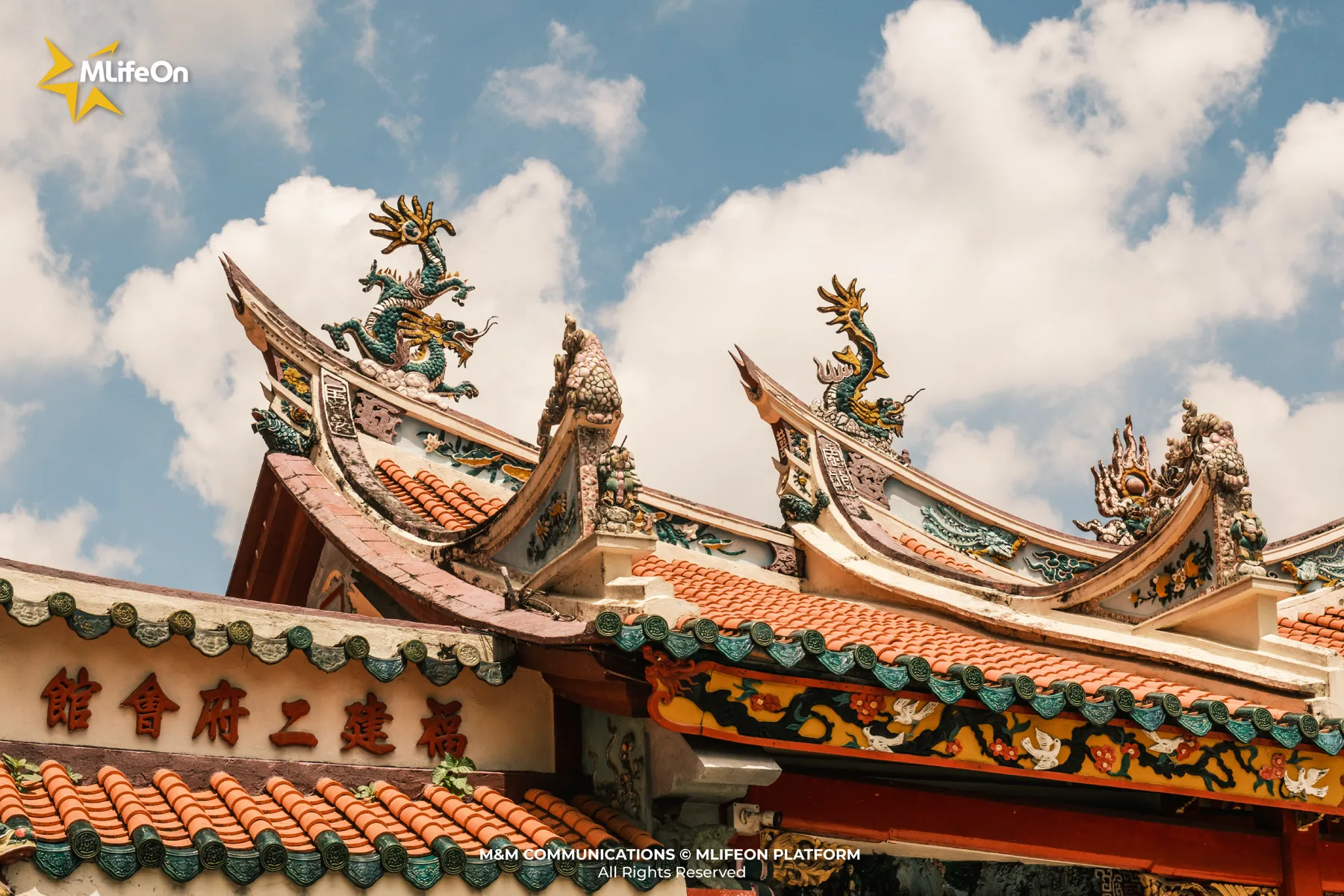
Yin-Yang tiled roof at Nhi Phu Assembly Hall, Ho Chi Minh City
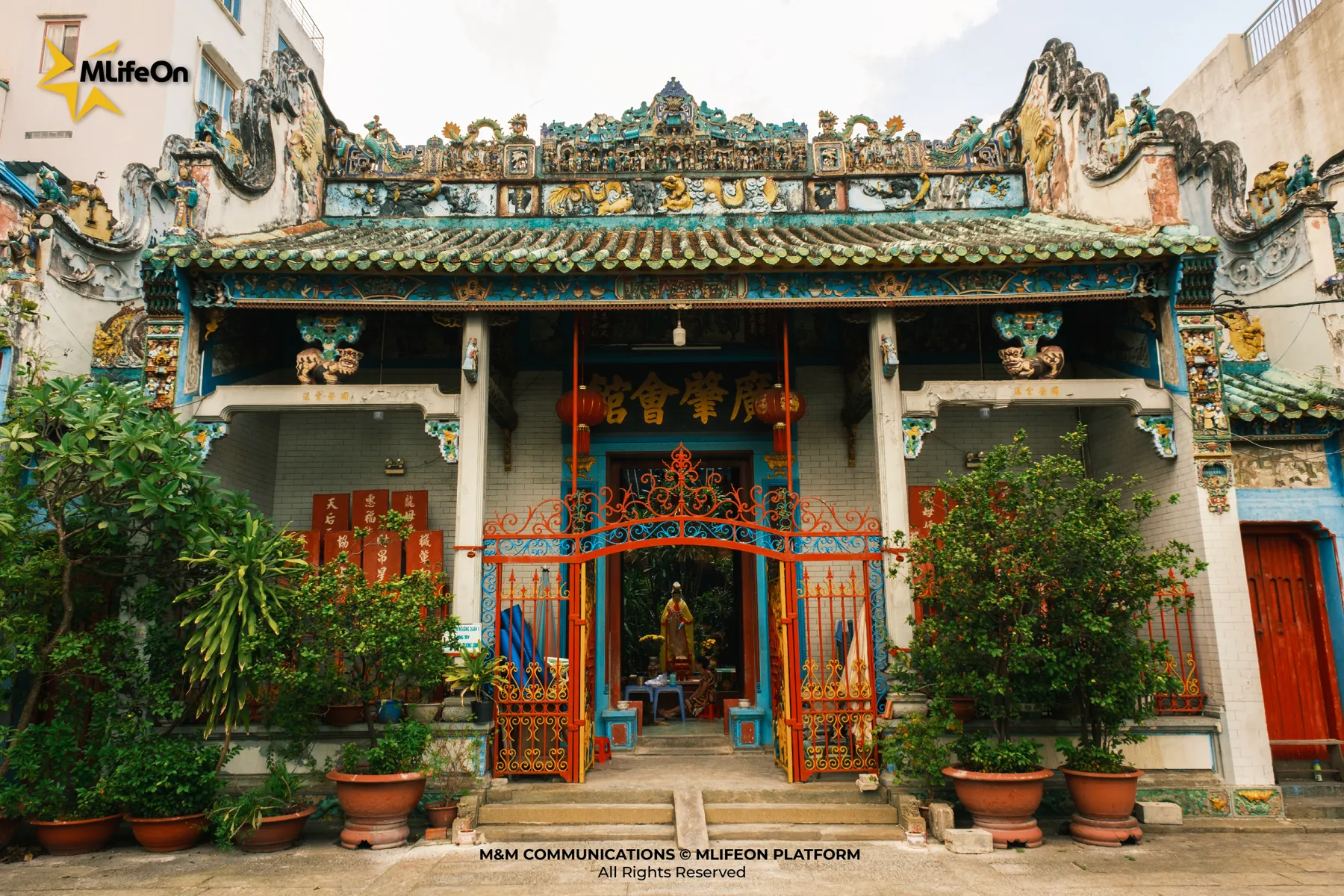
Yin-Yang tiled roof at Quang Trieu Assembly Hall, Ho Chi Minh City

Yin-Yang tiled roof at Phuc Kien Assembly Hall, Hoi An
The interesting point is:
-
Vietnamese architecture often focuses on simplicity, community, simple tiled roofs associated with folk activities.
-
Chinese architecture tends to be symbolic, ritualistic, with colored tiles and elaborate dragon and phoenix designs.
Despite the differences, both choose yin-yang tiled roofs as the finishing point for the roof, expressing the same spirit: balance - durability - harmony with nature. Even many ancient churches in Vietnam use yin-yang tiled roofs, combining European style with traditional roofs - creating a unique blend.

Yin-Yang tiled roof at Vi Hung church, Can Tho City (old Hau Giang area)
Yin-Yang Tiles Today - Still the Choice of the Present
Although not too popular, Yin-Yang tile roofs are still chosen by many modern works as an architectural language, especially works with a spiritual orientation or with the purpose of recreating the characteristics of the countryside and the era.
Because this type of tile roof possesses outstanding features such as:
-
Ability to regulate the natural climate: cool in the summer, warm in the winter
-
Visual beauty is close, easy to create depth of space
-
High symbolism of indigenous culture
The use of Yin-Yang tiles today is not because of nostalgia, but because of the desire to maintain the connection between modern people and tradition, so that each roof is not only a place to live, but also a part of identity.
Conclusion
The yin-yang roof tiles are not only a part of architecture, but also a part of culture, a breath of tradition remaining in every Vietnamese house. In the midst of modern cities, seeing a wavy yin-yang roof tile makes us feel like we are returning - where each tile is a story, a layer of memory and a gentle reminder of balance.
Preserving the yin-yang roof tiles today - is preserving the cultural value that cannot be rebuilt, can only be continued. Even though they are replaced by modern materials, yin-yang roof tiles are still an inspiration for contemporary architecture when they want to regain their identity, and a reminder that - beauty does not lie in new things, but in the connection with the origin.
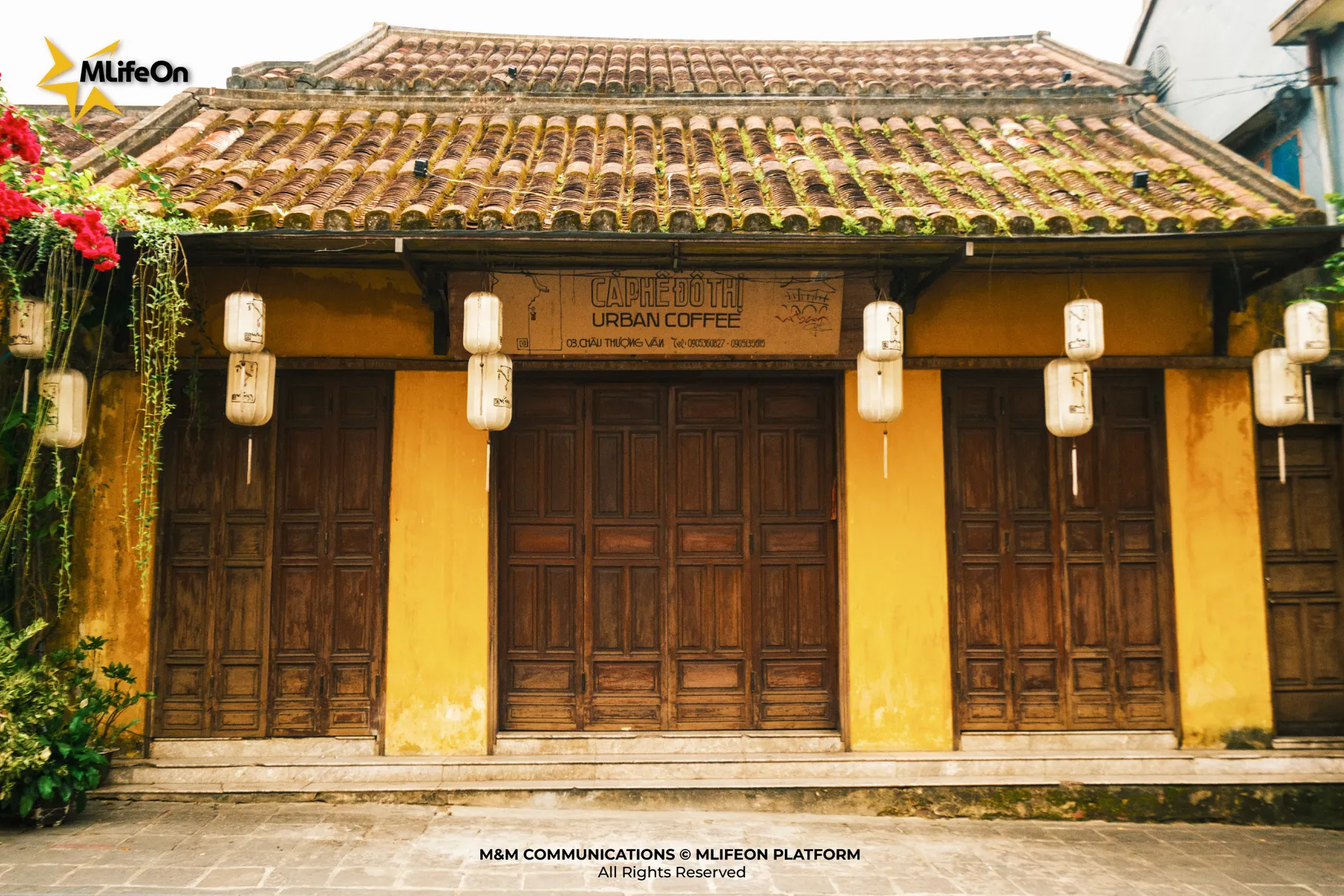
—---
CREDIT:
- Photography: Luan Nguyen
- Content: Giang Huynh
- Design: Phuong Nguyen









